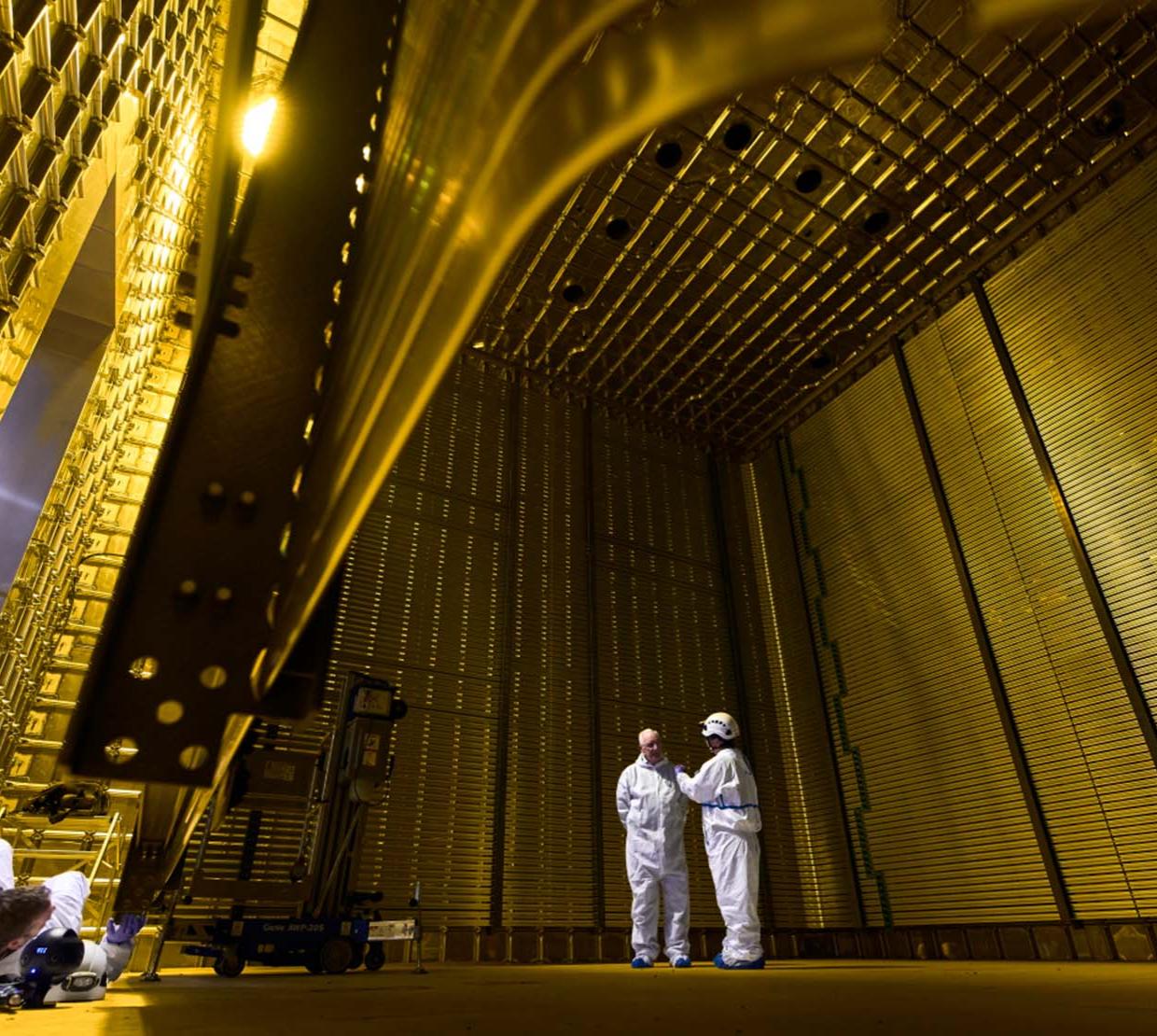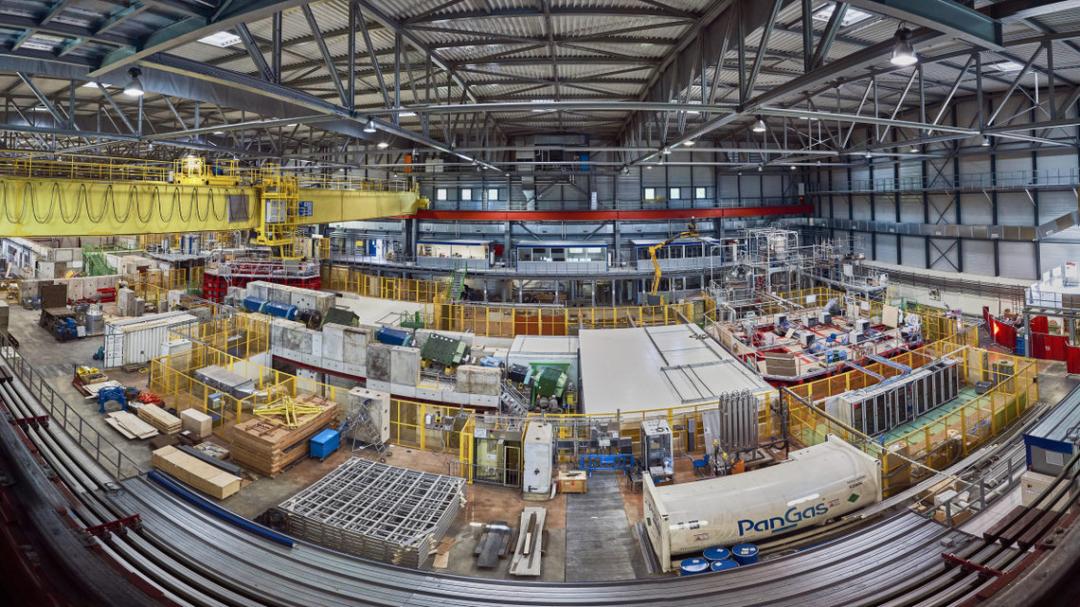Why does the universe exist? Why don’t the opposing forces of matter and anti-matter cancel out and self-destruct?
Professor of Physics Heidi Schellman is leading an international experiment to answer those questions. The project, titled “Essential Computing and Software Development for the DUNE experiment,” has received a $3M grant from the Department of Energy. The award will be shared among collaborators at four Universities (Oregon State, Colorado State, Minnesota and Wichita State) and three national laboratories (Argonne National Laboratory, Fermi National Laboratory and Brookhaven National Laboratory).
DUNE stands for the Deep Underground Neutrino Experiment, a project to build a massive liquid argon detector — the largest of its kind —for tiny particles called neutrinos. A product of radioactive decay created in large numbers in stars and supernovae, neutrinos and their anti-matter counterparts, antineutrinos, could reveal the secret of how the universe exists. If matter and anti-matter were exact opposites, the forces would have annihilated each other long ago. DUNE will allow particle physicists to detect neutrinos and antineutrinos and to study the subtle differences between them that allow the matter of the universe to continue existing.
The goal of DUNE is to aim a neutrino beam from Fermilab in Batavia, Illinois, at the detector in the Homestake mine in Lead, South Dakota. The detector is expected to be finished by 2029 and will generate data at a rate of 1-2 GB/sec, all of which must be stored, processed and distributed to over 1,000 scientists worldwide.
“Liquid argon detectors allow you to instrument a huge volume with very fine detail. It's like having a GigaPixel camera for neutrinos,” said Schellman. “Of course, then you need to deal with Gigapixel size images, which is what the project is about.”
Schellman, who is Chair of the International Union of Pure and Applied Physics Commission on Particles and Fields, is also the DUNE Computing Consortium Lead.





